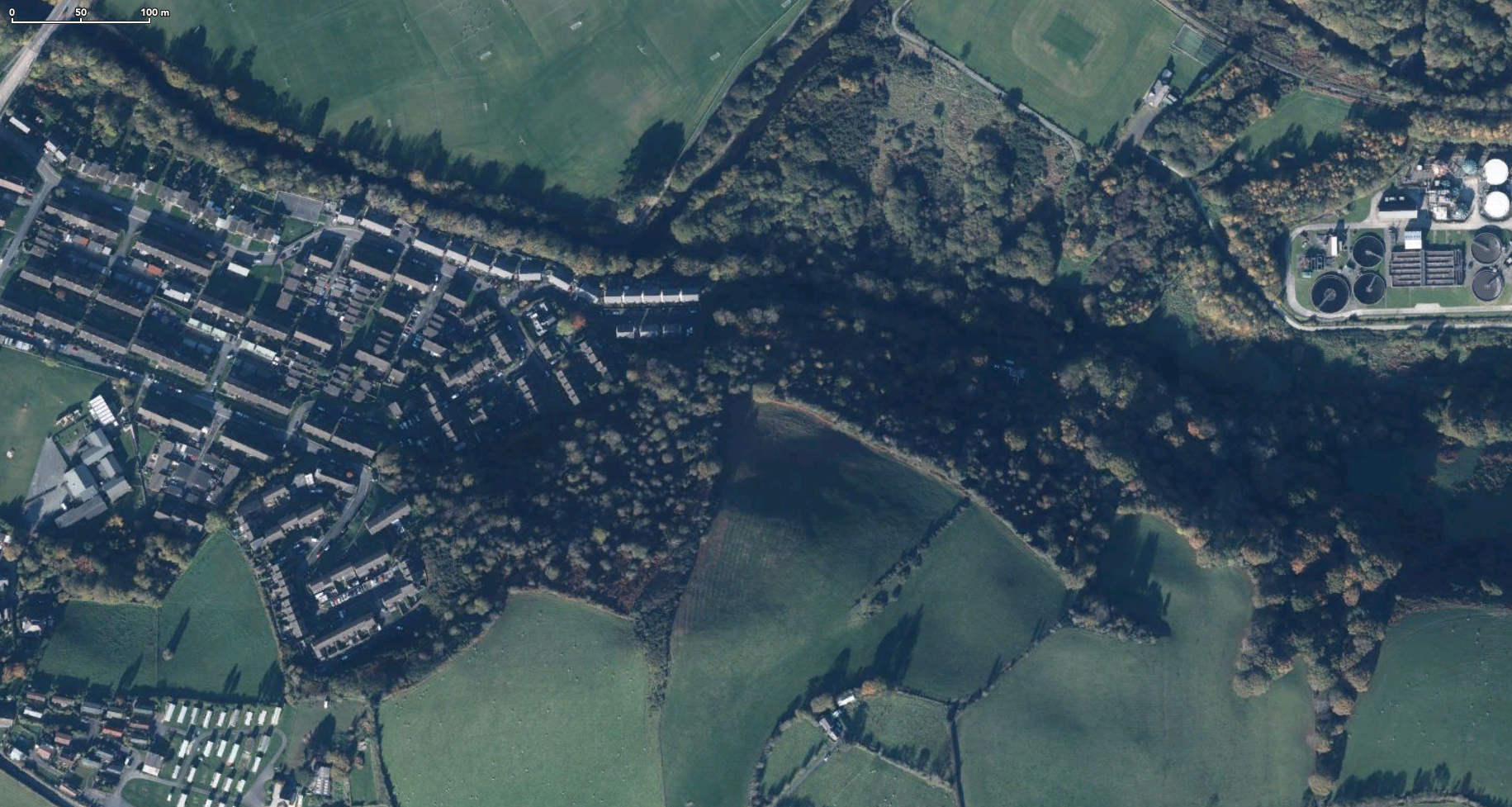Wild Food Corridors
Bringing together people, wildlife and food
Outline
1. Aim
We need to protect and restore our wildlife, whilst dramatically reducing our Greenhouse Gas Emissions. This means the widespread adoption of sustainable food production, which can only happen with public awareness, understanding and support.
A way to achieve this understanding is by connecting different sections of society with nature, with how their food is produced and with each other.
2. Definition
Forest gardening (also known as edible landscaping or food forests) is a sustainable, wildlife-friendly and low-maintenance way of growing produce.
3. Project
The idea is to bring together local government, schools, farmers, community groups and conservationists to create wildlife habitat with forest garden corridors that connect wildlife populations and also provide edible crops and useful produce.
Detail
1. Key features
- Low maintenance
- Productive (useful)
- Managed (funded)
- Target key threatened species (pollinators, wild flowers, mammals)
2. Possible groups
- County council
- Town/Community council
- Residents’ group
- School
- Farming
- Business (business/industrial park)
- Landlords
3. Example: Aberystwyth

There is the potential to use forest garden techniques on some council-owned woodland/scrubland in Aberystwyth. Nearby, there’s a housing estate, school, family center, community centre, retail park, playing fields, holiday park, agricultural fields and a farm. The University has a zoology department, a history of pollinator research and there is a local botanical society.
If the land and the people can be brought together, there is the opportunity to create extended wildlife corridors, with a far greater reach than an isolated area.
Reference
- European Pollinator Initiative https://www.buglife.org.uk/news-and-events/news/europe-unites-for-pollinators
- Action Plan for Pollinators https://gov.wales/action-plan-pollinators
- Environmental Land Management Scheme (ELMS) https://www.gov.uk/government/news/new-environmental-scheme-for-farmers-to-prioritise-biodiversity
- We Are The Ark http://wearetheark.org
- @botanicalmartin blueprint for green spaces https://mobile.twitter.com/botanicalmartin/status/1137070729101553666
- Centre for Sustainable Healthcare https://sustainablehealthcare.org.uk
- National Forest Gardening Scheme http://nationalforestgardening.org
- Resilient Wales, Future Generations https://futuregenerations.wales/aotp/resilience/ & https://futuregenerations.wales/simple-changes/
- Future Parks, funding for Bristol City Council https://news.bristol.gov.uk/news/bristol-wins-share-of-multi-million-pound-parks-fund
This page online http://simp.ly/p/xmnMKl